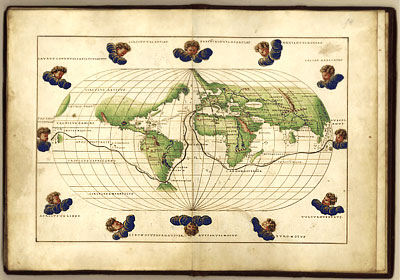Rethinking the Industrial Revolution
Explaining the Industrial Revolution in Europe
Since we know presently that the development of commercial expansion took place in a variety of locales across Eurasia between 1500 and 1800, we no longer can assert that the Industrial Revolution emerged in Europe because of developments taking place in previous centuries when the same changes also took place in parts of East and South Asia.
Europe's uniqueness in developing the Industrial Revolution cannot be attributed simply to the commercial dynamics that preceded it. This then presents the challenge of explaining the Industrial Revolution. Now that obviously isn't the main task of those of us who work on East Asia, but it does reframe for our colleagues who work on Europe the great importance of explaining an unusual and surprising set of events, namely, the development of a set of technologies and organizations that allowed much higher levels of economic productivity than the world had ever known. And those developments that began sometime in the late eighteenth century and continued to increase in numbers and significance into the nineteenth century are an important story, an important set of developments, which we have to recognize as being distinctly European.

Map shows Magellan's route from Spain to Peru and around the world c. 1544.
Library of Congress, Geography and Maps Division
Now our recognition that these developments were European also allows us to recognize that Europe's dominance in a global sense, economically and politically, did not in fact begin with the initial expansion of maritime exploration of the late fifteenth and early sixteenth centuries—as maintained in the traditional narrative of European expansion defining world history.
The importance of European exploration has been exaggerated because we previously thought that Europeans were the source of all the economic dynamism in the world. In fact, now that we have established that they weren't, we realize that Europe's economy was not superior to that of other parts of the world until a very late date, beginning basically with the Industrial Revolution.
Read Lynda Shaffer's article "China, Technology, and Change," from the World History Bulletin.